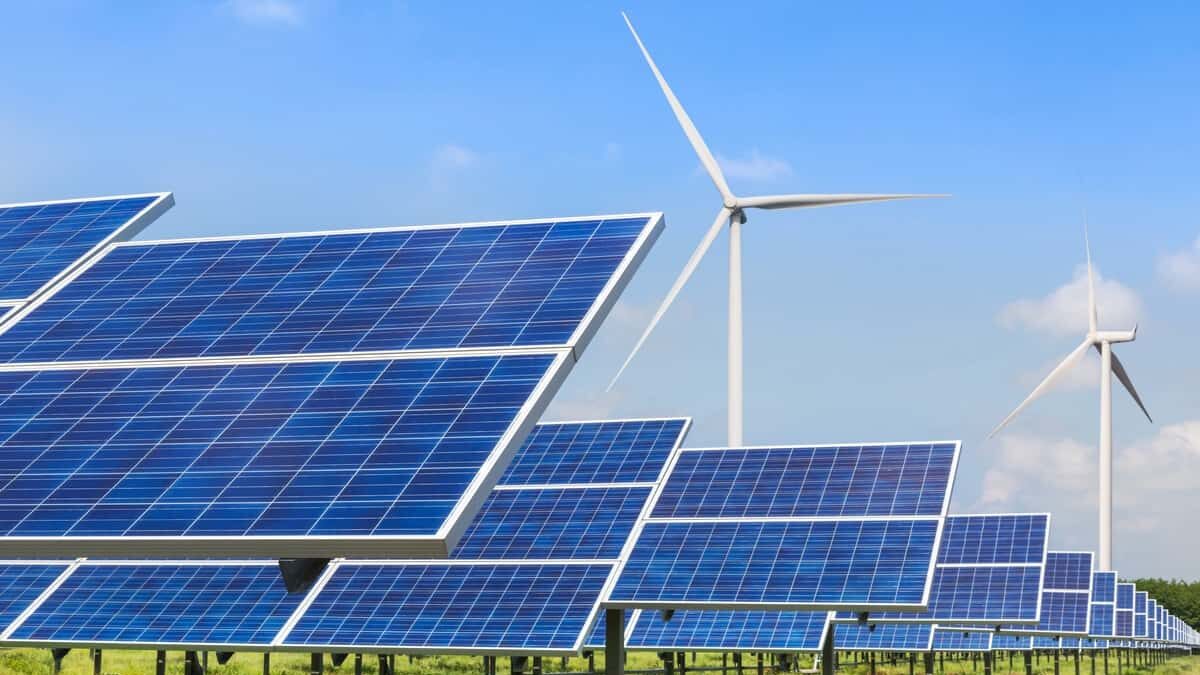The United States is projected to generate less electricity from coal- and natural gas-fired power plants due to increased use of renewable energy in 2023 and 2024, as per the latest Short-Term Energy Outlook.
Projections
The report projects that the launch of new solar and wind initiatives this year will increase its power generation share in the country by 16%. Remarkably, that figure represents a solid growth from just 14% in 2022 and 8% in 2018.
On the other hand, coal’s power generation share is projected to drop from 20% in 2022 to 18% in 2023. Likewise, the share of natural gas in the US power generation will decrease from 39% in 2022 to 38% in 2023.
Solar and wind development in the US
The US has witnessed solid and rapid solar and wind resource growth in recent years.
The report noted that the US electric power industry used a solar photovoltaic capacity of roughly 74 GW last year. Remarkably, that figure represents a capacity growth of about three times from 2017. Not only that, but the capacity of US wind power increased by over 60% to roughly 143 GW since that year.
Furthermore, the US solar capacity is projected to increase by 63 GW (84%) by the end of 2024, according to proposed expansions submitted to the EIA. It is also anticipated to remain stable as construction prices decrease and significant tax incentives are now available.
That said, solar generation share in the US is predicted to climb from 3% in 2022 to 5% in 2023 and 6% in 2024. Meanwhile, approximately 12 GW of additional capacity in wind power is expected in 2023 and 2024, representing a slight growth rate from previous years.
Nonetheless, the projected wind generation share is expected to be largely consistent with last year, with an average of 11% in 2023 and rising of 12% in 2024.
It is worth noting that Texas and California primarily contributed to the solar capacity development in the US as these two states have extensively relied on natural gas resources.
“A growing share of generation from renewables, combined with our forecast of less overall electricity demand this year, displaces some natural gas generation, which will decline slightly, falling from 39% in 2022 to 38% this year and to 37% in 2024.
We also expect that the coal generation share will decline by two percentage points to 18% this year, as lower natural gas fuel costs make coal a less competitive source for electricity supply. Our forecast of coal generation falls again in 2024 to 17%.”
US Energy Information Administration
The idea that using renewable energy may reduce the output of coal and natural gas is not surprising, given the worldwide drive toward sustainable energy. Governments worldwide have set net-zero emission targets, which call for reducing reliance on fossil fuels.
Most significantly, renewable energy sources like wind and solar are widely available. They create little to no greenhouse gases and are typically less expensive than fossil fuels like coal, oil, and gas.

